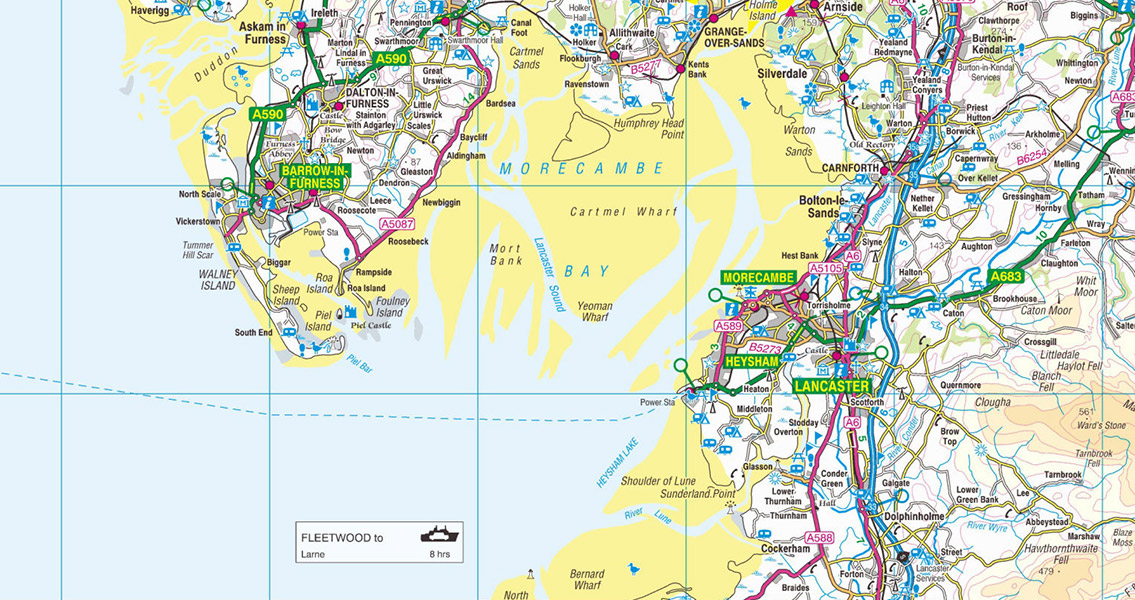<![CDATA[Two friends, both metal detector enthusiasts, made a remarkable find in a Lancashire field near Morecambe Bay which led to an even more amazing discovery; a burial site from the Bronze Age which in Britain occurred between 2,500 BCE and 650 BCE. Matthew Hepworth, one of the metal detectorists, is quoted in the Sun newspaper as saying the find is “as good as it gets”. Hepworth and David Kierzek first came across a well-preserved chisel as well as several other objects. Archaeologists were contacted by Hepworth, following procedures outlined by the Portable Antiquities Scheme which encourages voluntary notification of archaeological finds by the public in Wales and England. Archaeologists investigating the site found the barrow (a stone and earth mound built over a grave). Early exploration has dated the burial site to 2500 BCE. The very rare find is extraordinary because most burial sites from the bronze age have typically been ploughed over or looted. Additionally, the Morecambe Bay site is significant because of its size, which initial investigations have put at 35 meters by 25 meters. It’s likely that the site was overlooked for millennia because, according to what project director Brendon Wilkins told the Sun, it “looks like any other field”, adding that barrows are “the best windows” into a time period. Ben Roberts, from Durham University and a former curator of bronze age collections at the British Museum, told the Sun, “The potential is huge because untouched, undiscovered sites are very rare indeed. What’s really special about our site is that no one knew about it before … The barrow appears to be intact and its pretty substantial”. Morecambe Bay, despite what the name suggests, isn’t a bay at all but rather a huge multiple estuary, located in northwest England, south of the Lake District National Park and east of the Isle of Man. Covering an area of 310 square kilometers (120 square miles) it’s the largest expanse of sand and intertidal mudflats in the United Kingdom. Both Hepworth, who had also found Viking silver in the same area, and Kierzek have been invited to work alongside archaeologists at the site when excavations scheduled for July begin. The work will also involve the rest of the community. The local council has agreed to provide a so-called incident room where finds can be put up for display immediately following their discovery and where footage of the dig will be broadcast. In addition to support from the Heritage Lottery Fund, excavation at the Morecambe Bay site is also partially financed as a crowdfunding project called DigVentures. DigVentures is a social enterprise headquartered in London that was founded by three archaeologists – of which Wilkins is one– to address the severe budget cuts made by local authorities and the decrease in research archaeology funded by universities. DigVentures has supporters from around the world, from ordinary people to professional archaeologists who donate money to various archaeological projects in return for the opportunity to participate in some capacity at the actual excavation site. According to their website, the enterprise is designed to put ‘archaeology in your hands”. Image courtesy of Ordnance Survey ]]>
Discovery of Bronze Age Burial Site As Good As It Gets
